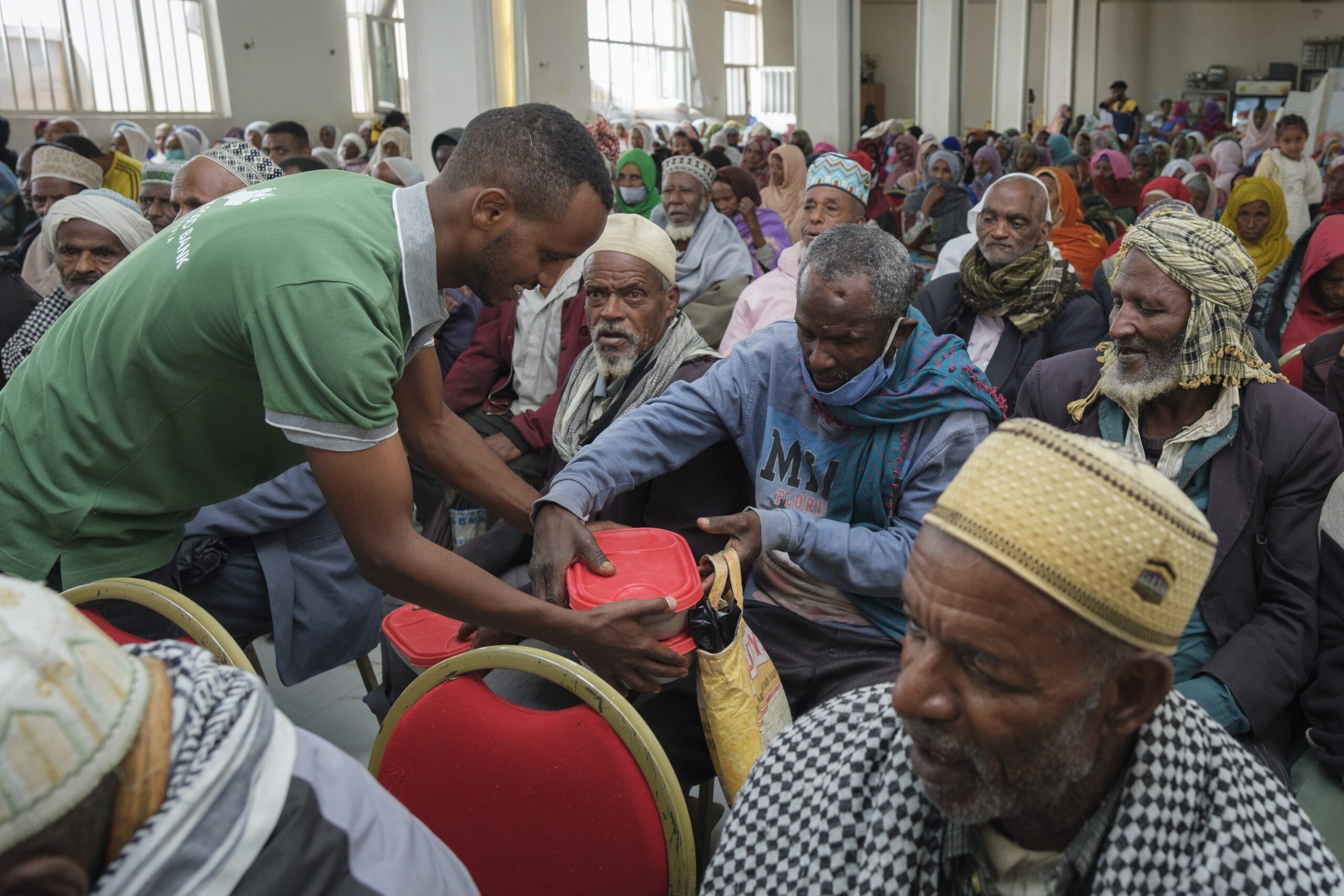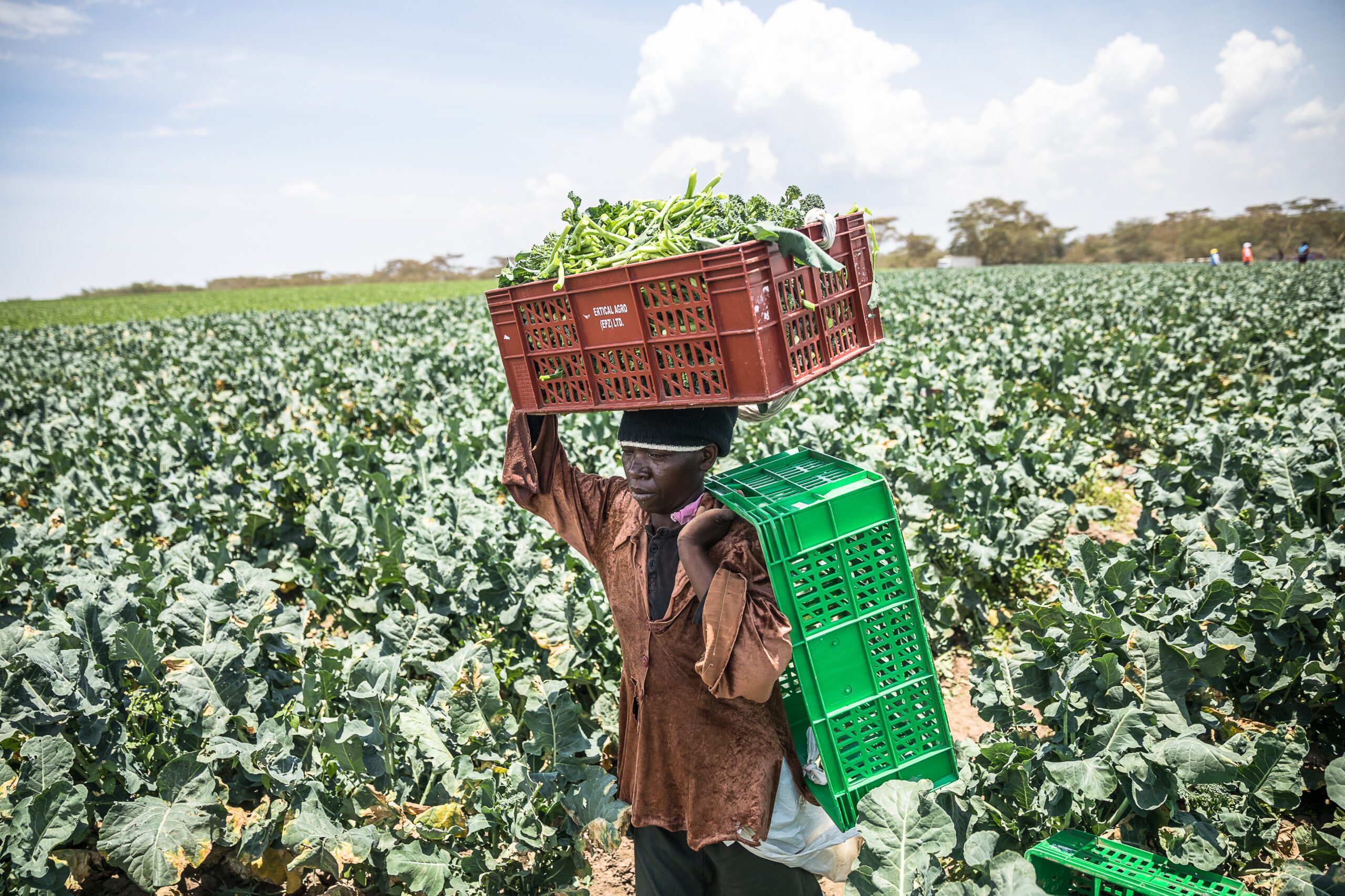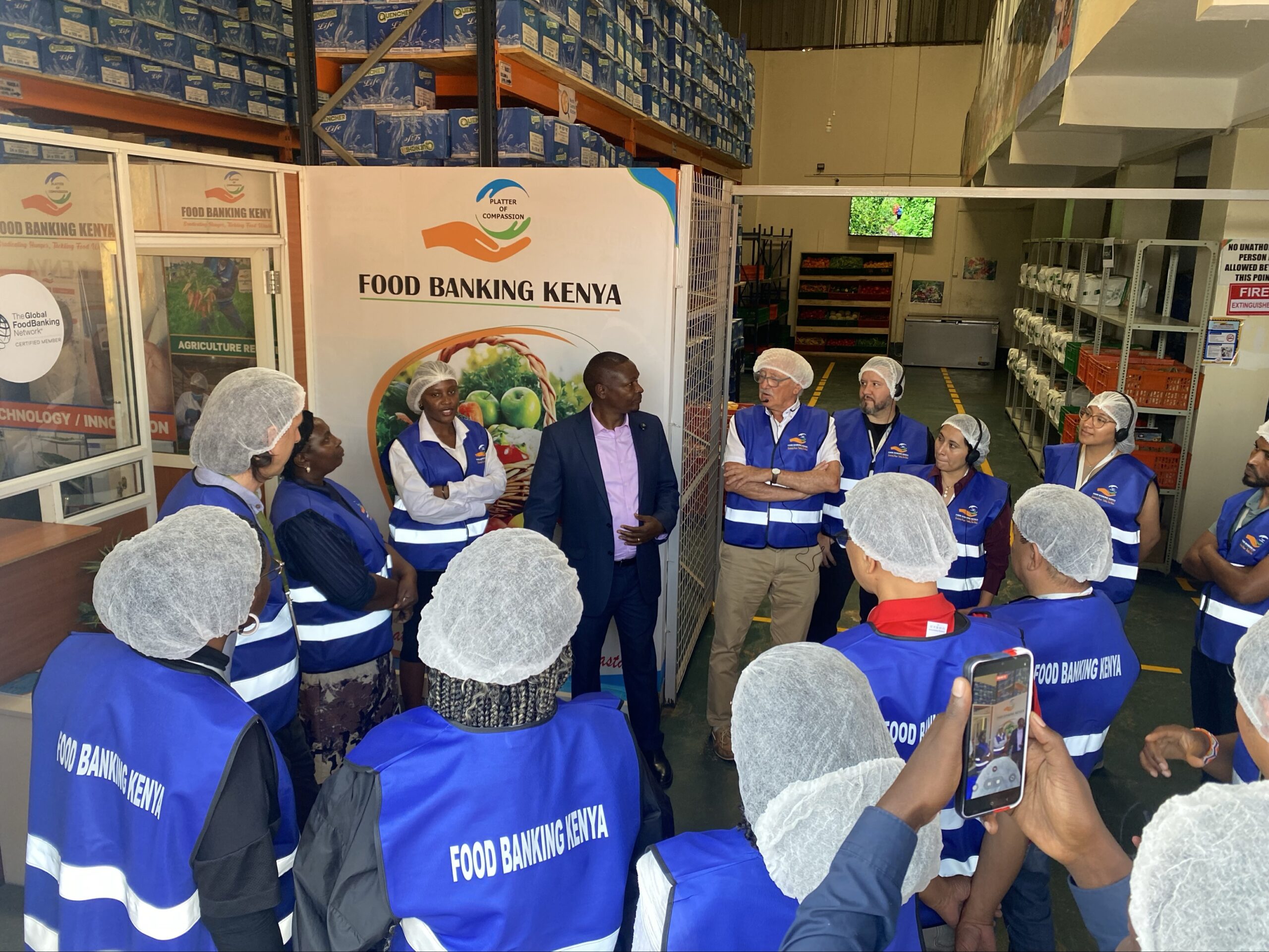Last year, members of The Global FoodBanking Network made sure 32 million people facing hunger knew where their next meal was coming from. It’s an incredible collective effort—and it took thousands of dedicated, hardworking people to make it happen.
We want to make sure these exceptional people around the world don’t go unnoticed. With that thought in mind, we spent the weeks leading to World Food Day highlighting the people who make food banks possible—from those harvesting produce on the farm to those serving up a hot meal or distributing parcels of food to those who need it most. You can meet some of these talented food bankers below—and it’s important to note these individuals are only a handful of the thousands of food bankers equally dedicated to alleviating hunger in their communities worldwide.
On World Food Day, and every day, we hope you’ll join us in Celebrating the Faces of Food Banking who ensure that everyone has a full plate of food.
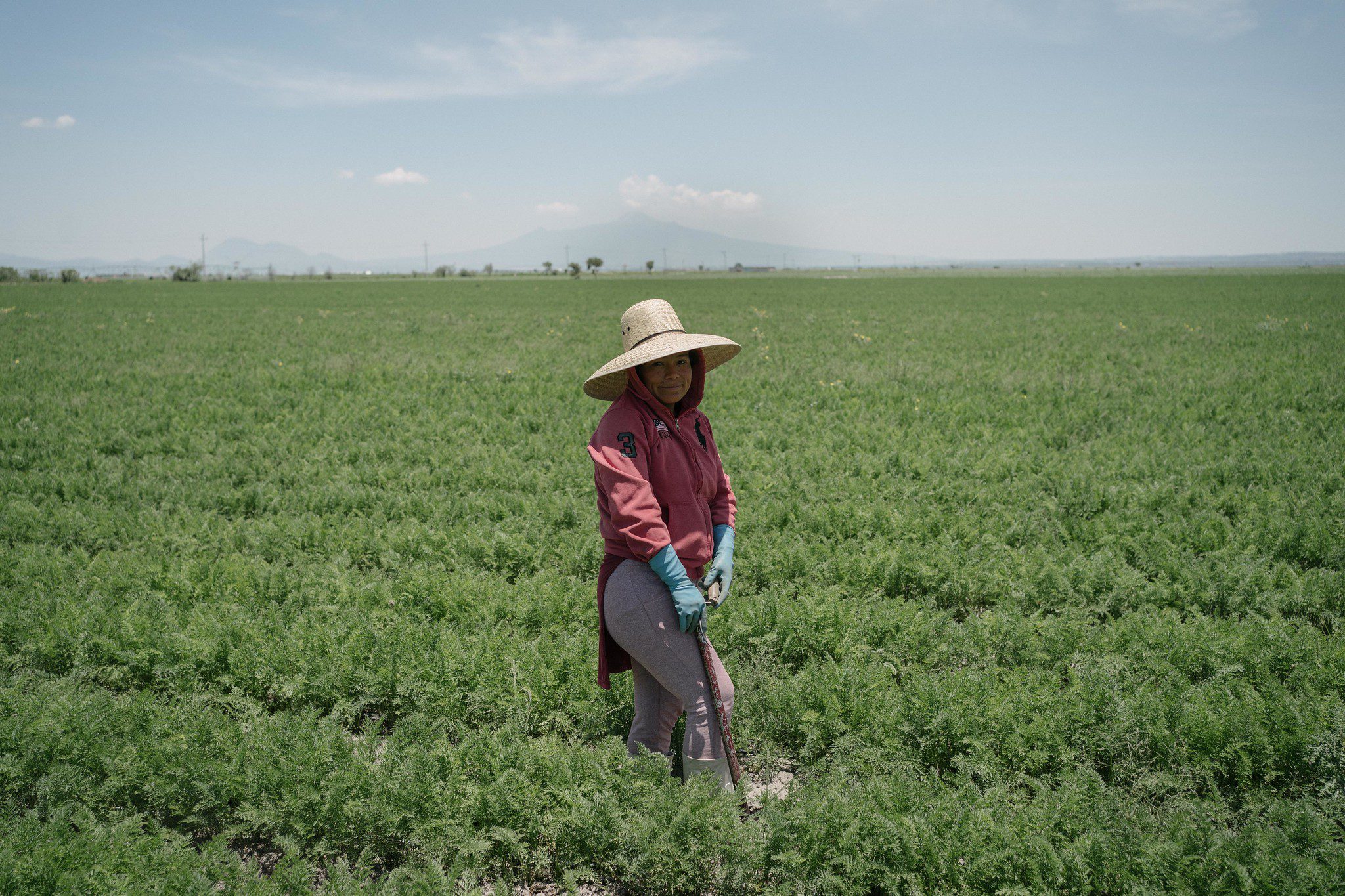
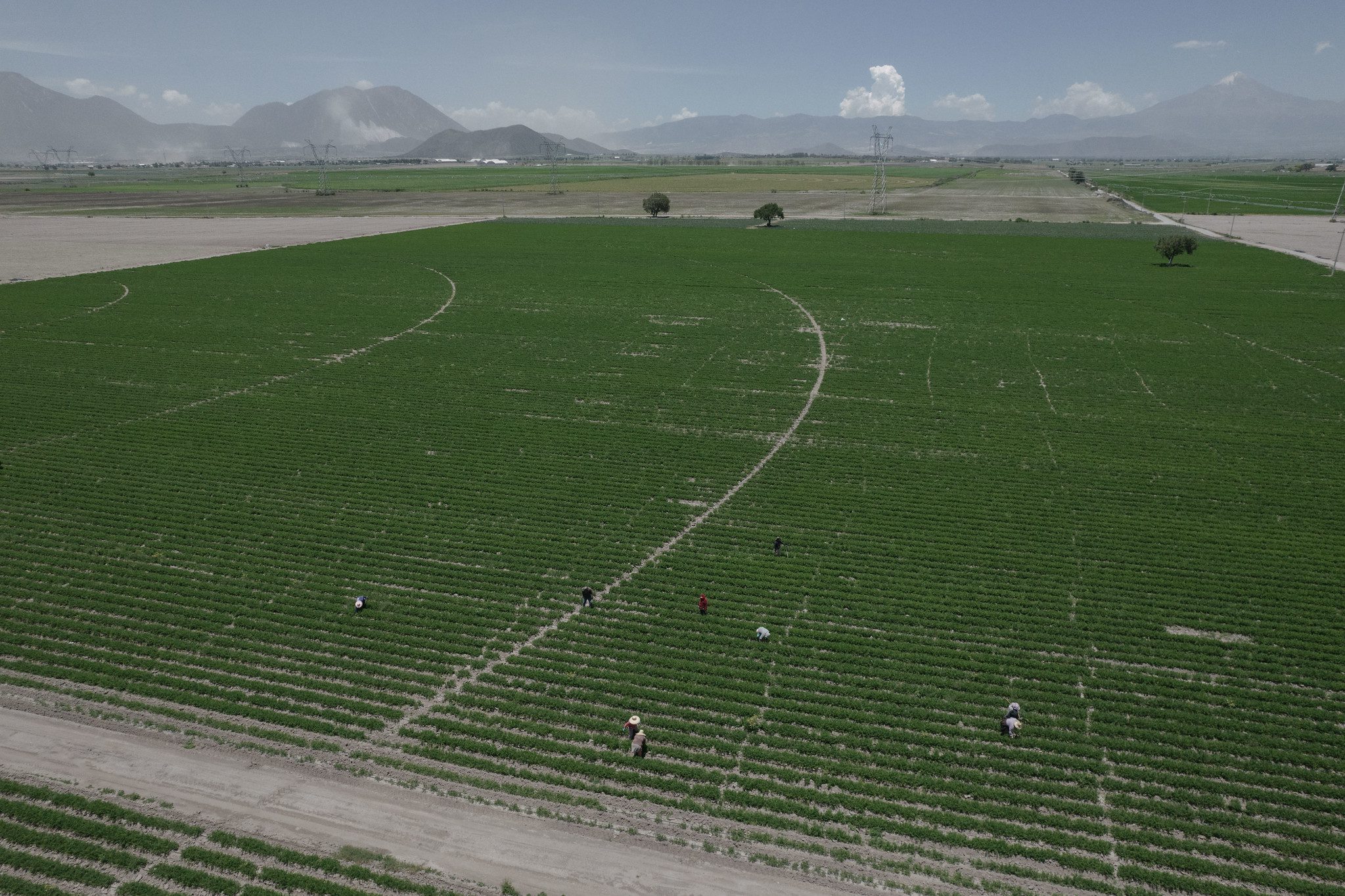
Meet Maricela. Maricela harvests vegetables from the Hortalizas El Pantera farm in Puebla, Mexico, to feed her community. Food banks, like the members of Bancos de Alimentos de Mexico (BAMX), recover surplus fruits and vegetables from farmers like Maricela to make sure that nutritious produce doesn’t go to waste. Last year, the food bank Maricela partners with in Puebla distributed food to more than 150,000 people facing hunger.
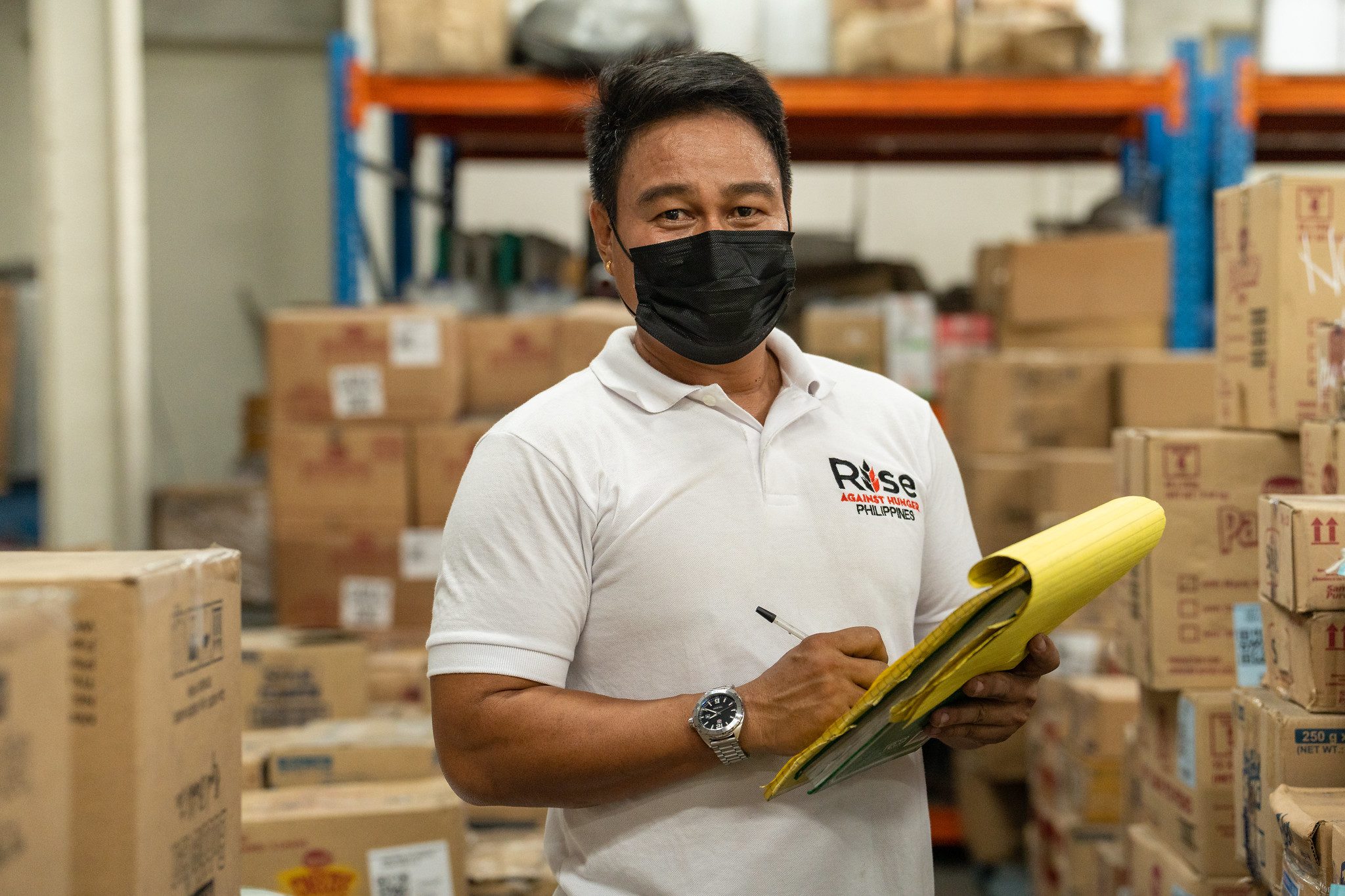
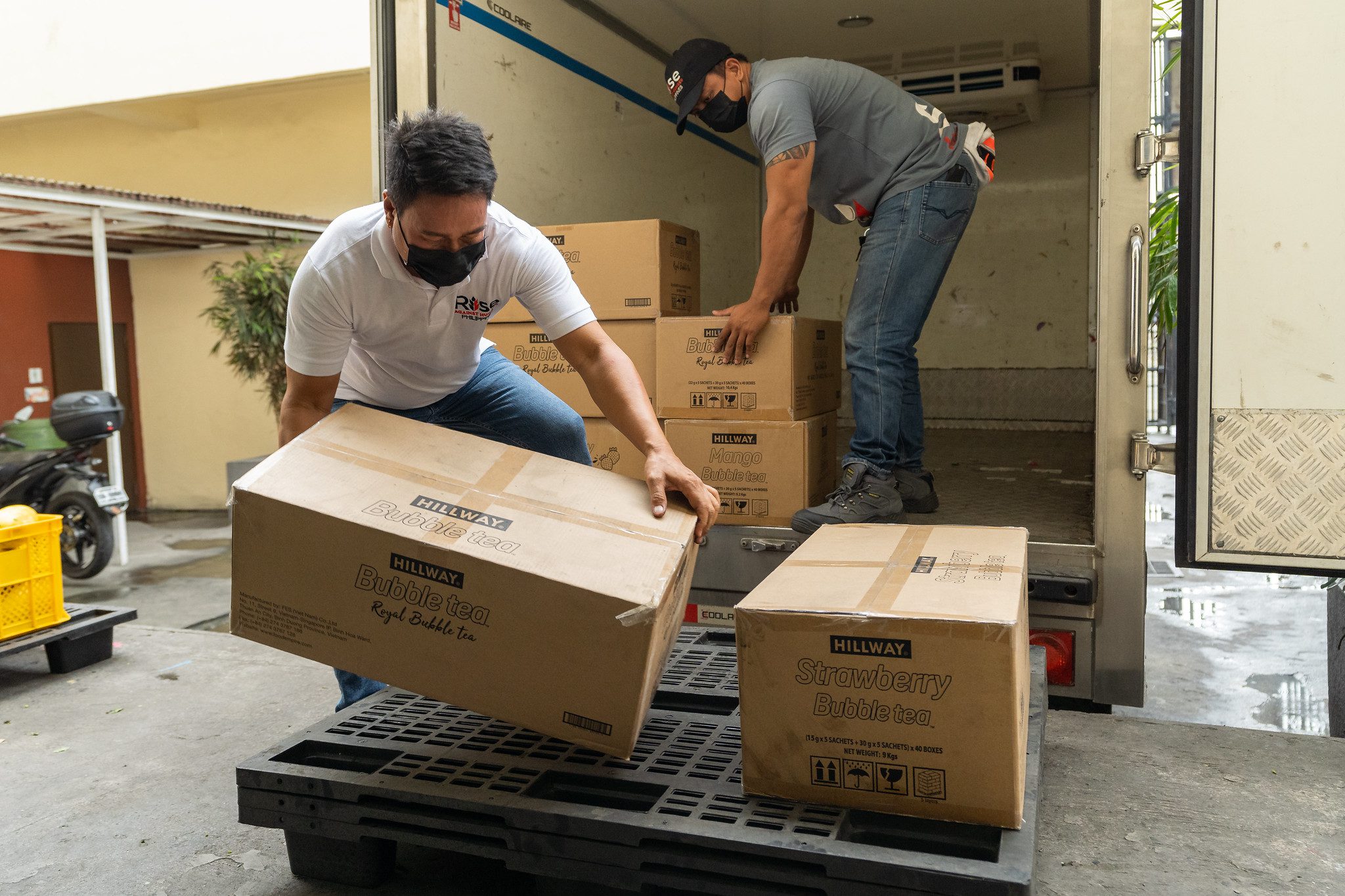
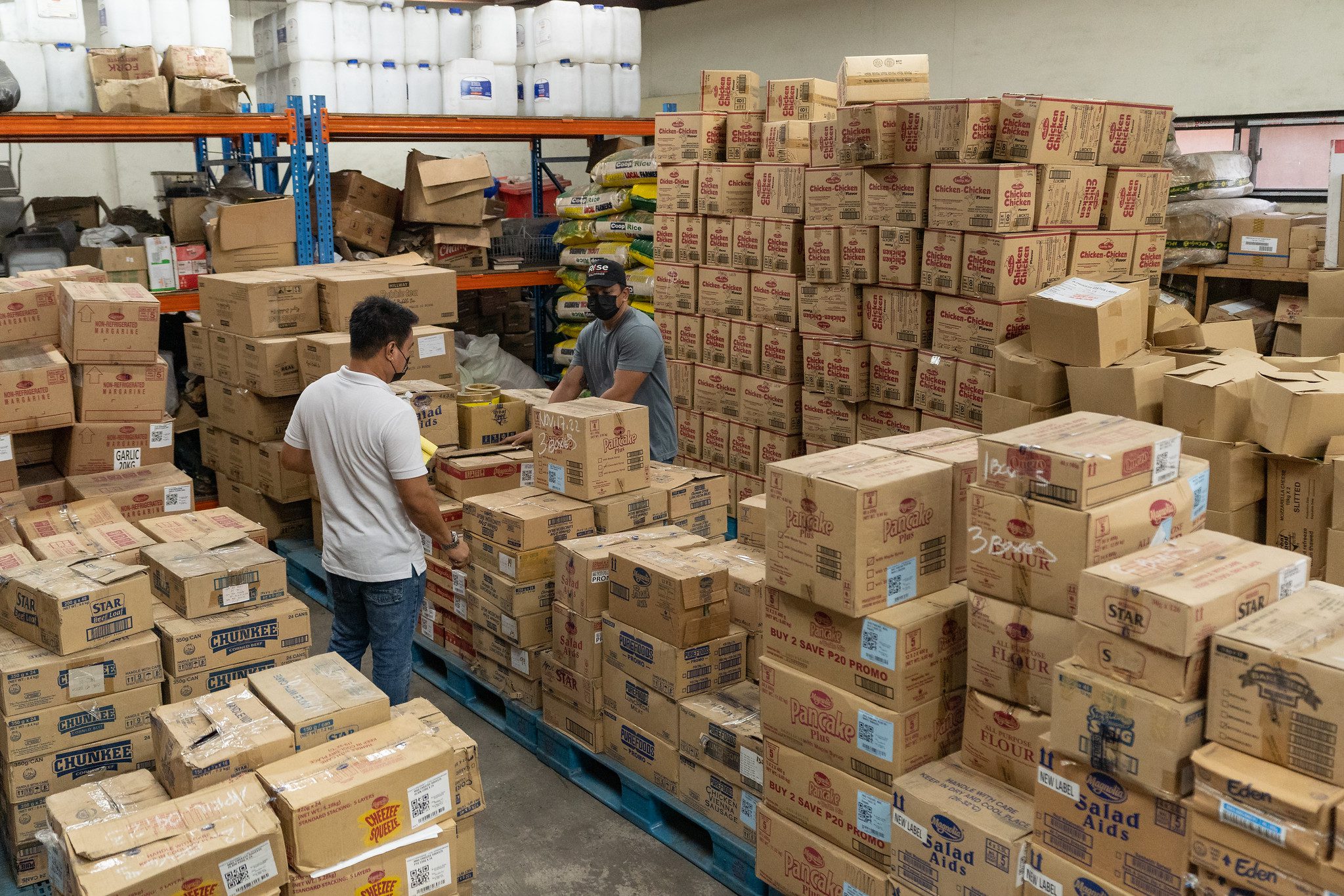
Meet Rorel. As the warehouse custodian of Rise Against Hunger Philippines (RAHP) in Tondo, Rorel is responsible for overseeing the intake of all food donations received from manufacturers, retailers, wholesale markets, and other donors. Not everyone is aware of the many steps taken to get food from farms and manufacturers all the way to the food banks, schools, and community organizers feeding people throughout their community. Rorel and warehouse and logistics staff members all over the world play a critical role in ensuring healthy, nutritious food gets where it needs to go safely, quickly, and efficiently.
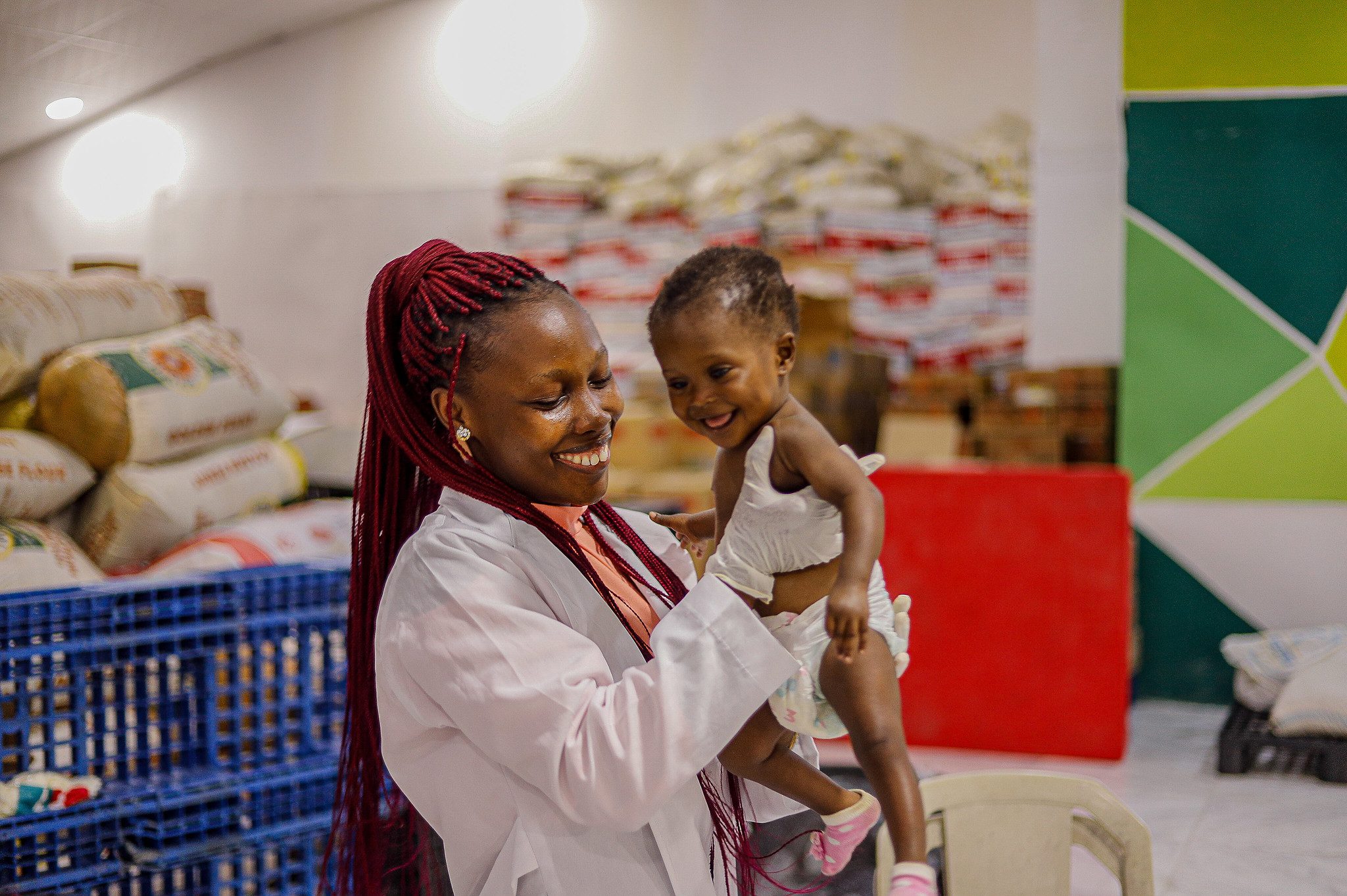
Meet Grace. As a nutritionist at Lagos Food Bank Initiative in Nigeria, Grace knows that food security is critical to supporting a child’s physical, mental, and emotional growth, and development and is key to breaking the cycle of multi-generational poverty. That is why she, and nutritionists at food banks across the Network, work hard every day to fight hunger and malnutrition. By providing special supplements, health assessments, and nutrition education to caregivers, Grace is helping strengthen children and families for years to come.
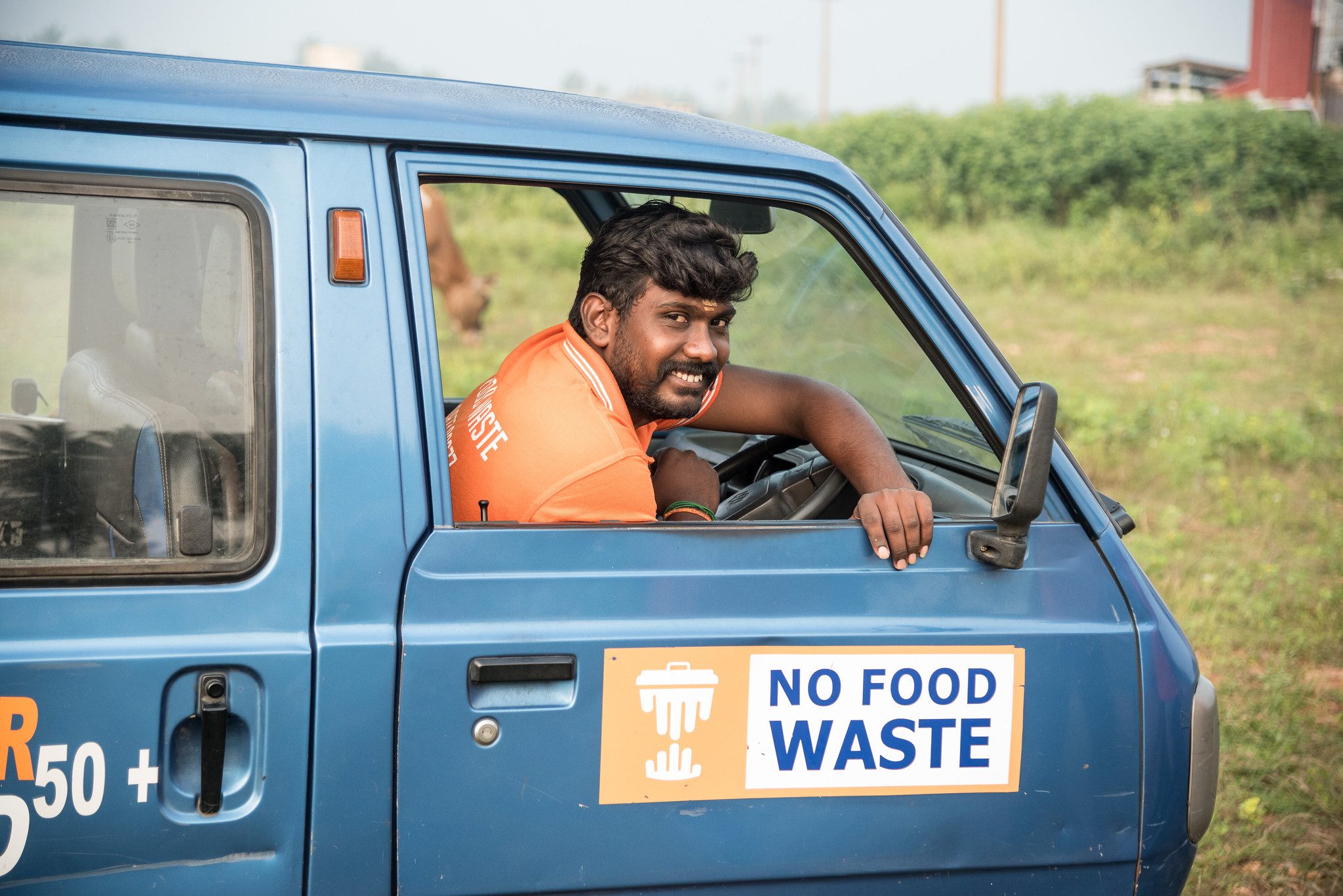
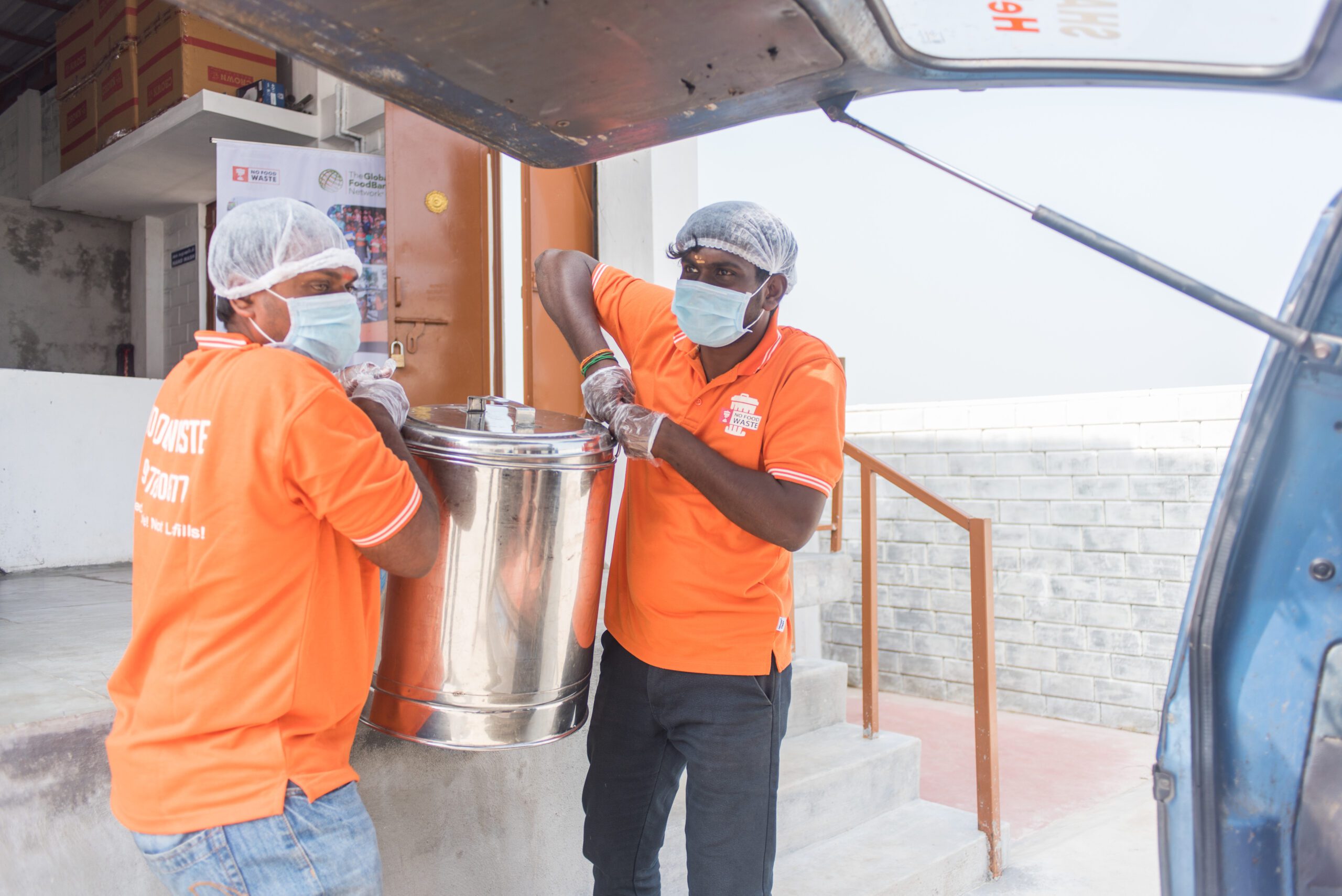
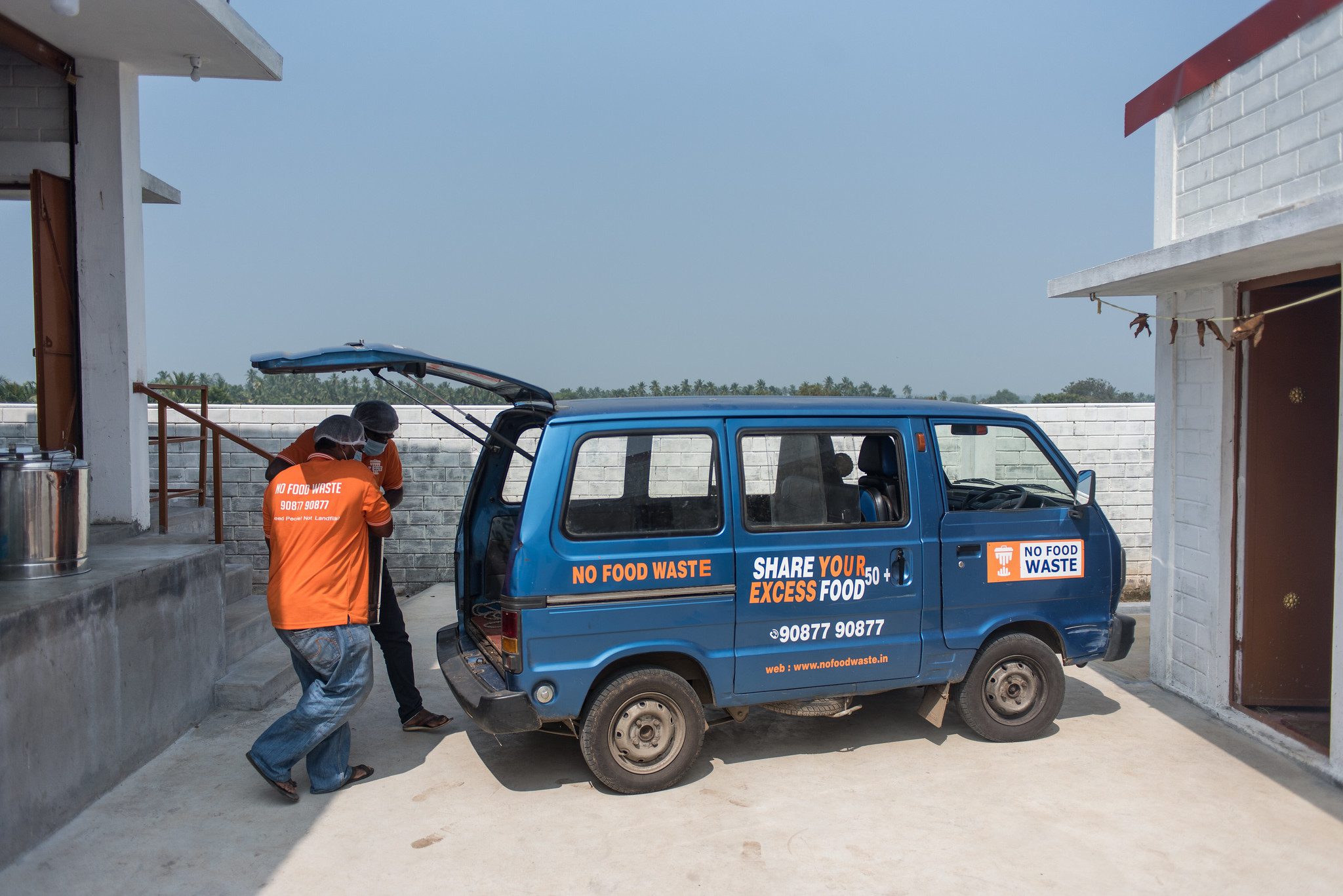
Meet Thirumoorthi. As the transportation coordinator, Thirumoorthi delivers hundreds of hot meals every week prepared by the staff of No Food Waste in Tiruppur, India. He travels throughout the city to distribute sambar, a vegetable stew, to people in need of a hot meal. No Food Waste started as a grassroots initiative to recover prepared meals from weddings and other events with surplus food. Now, the organization has a full fleet of vehicles and has established their own commercial kitchens to scale the recovery and distribution of prepared meals for the community.
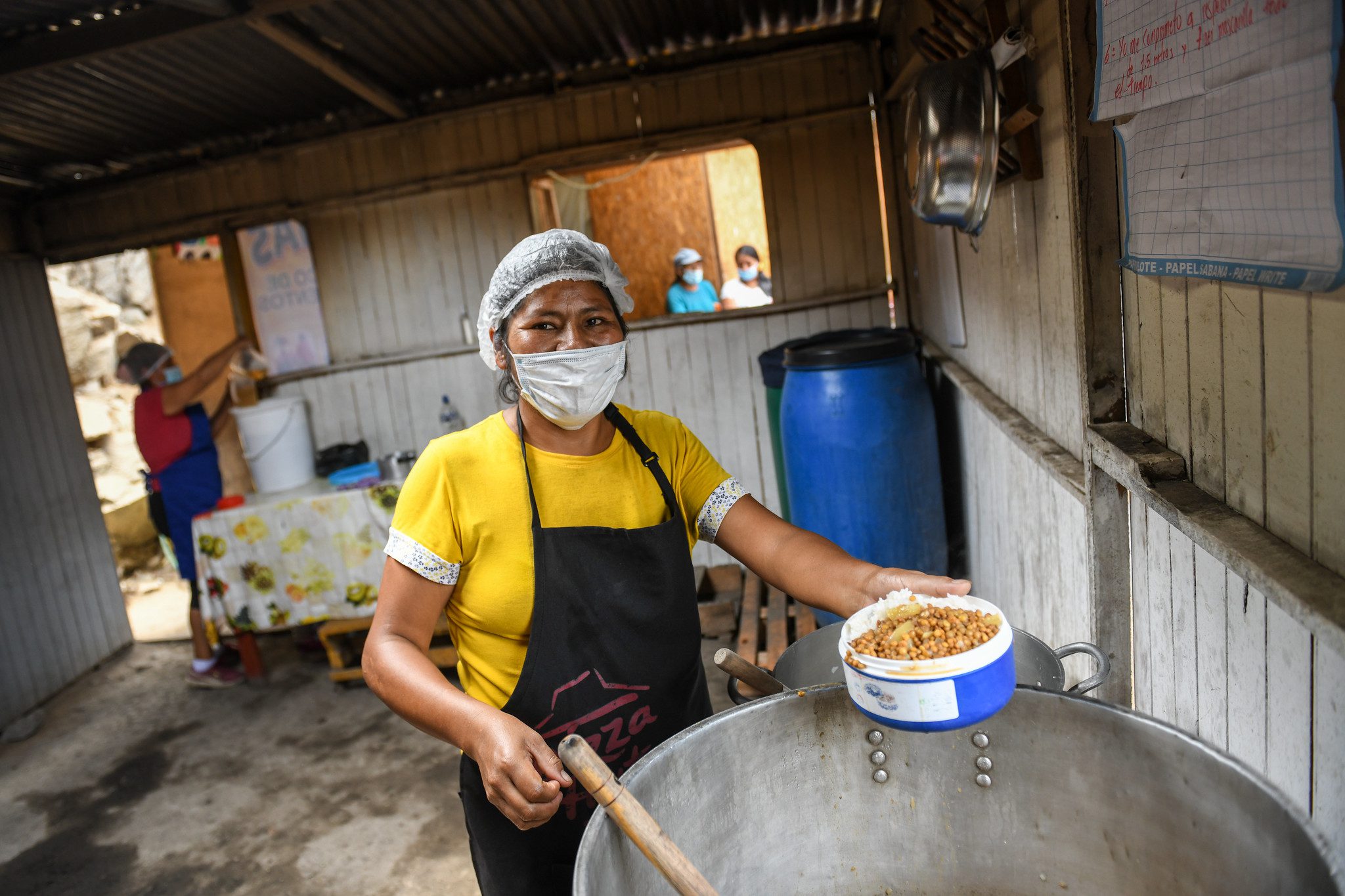
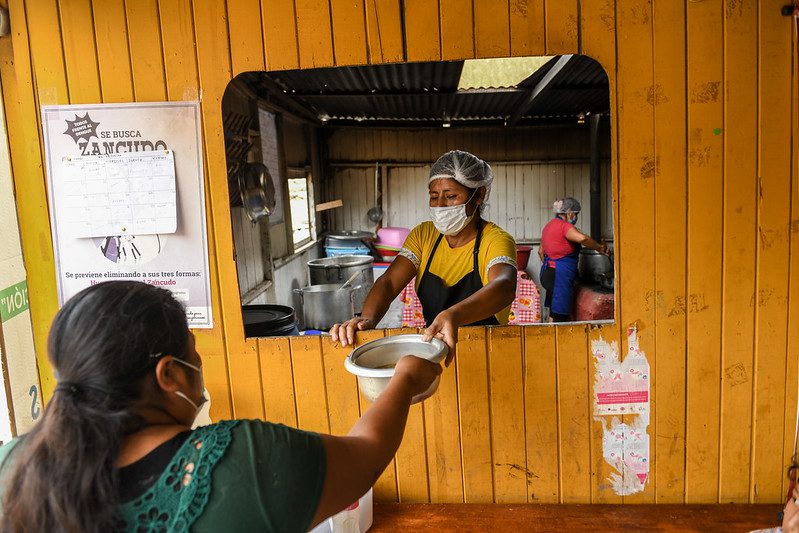
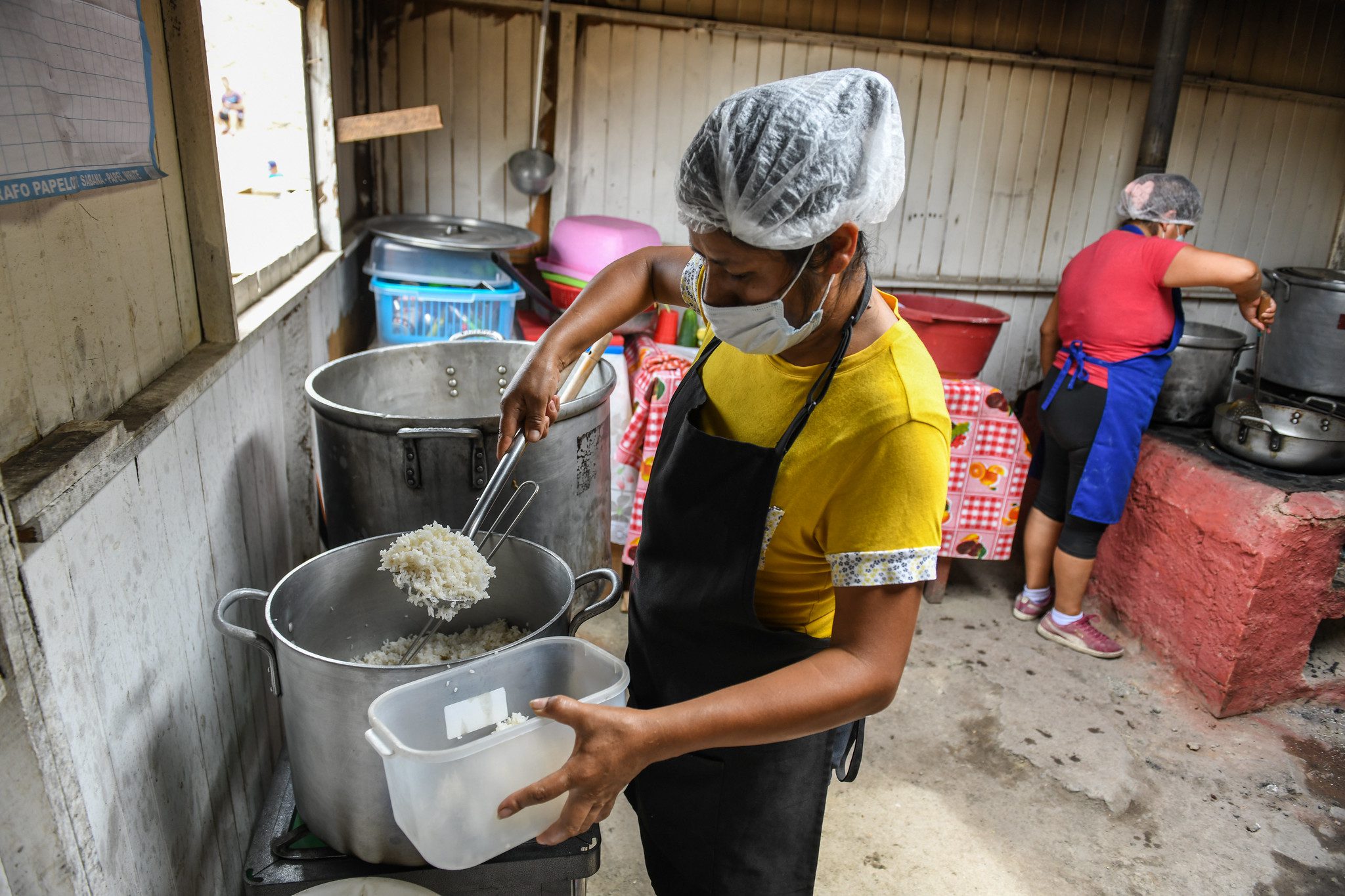
Meet Gregoria. Gregoria, a cook at La Merced Soup Kitchen, prepares and serves nutritious meals to people facing socioeconomic challenges in Lima, Peru. She, like many other cooks like her around the world, prepares hot meals every day for her community using food and other supplies from the food bank Banco de Alimentos Perú. Food banks often distribute food to community organizations like soup kitchens, schools, child and senior care centers, and shelters. These organizations not only supply much-needed food for their communities, but they also provide specialized services like housing, employment, or education, helping people lift themselves out of vulnerable situations.
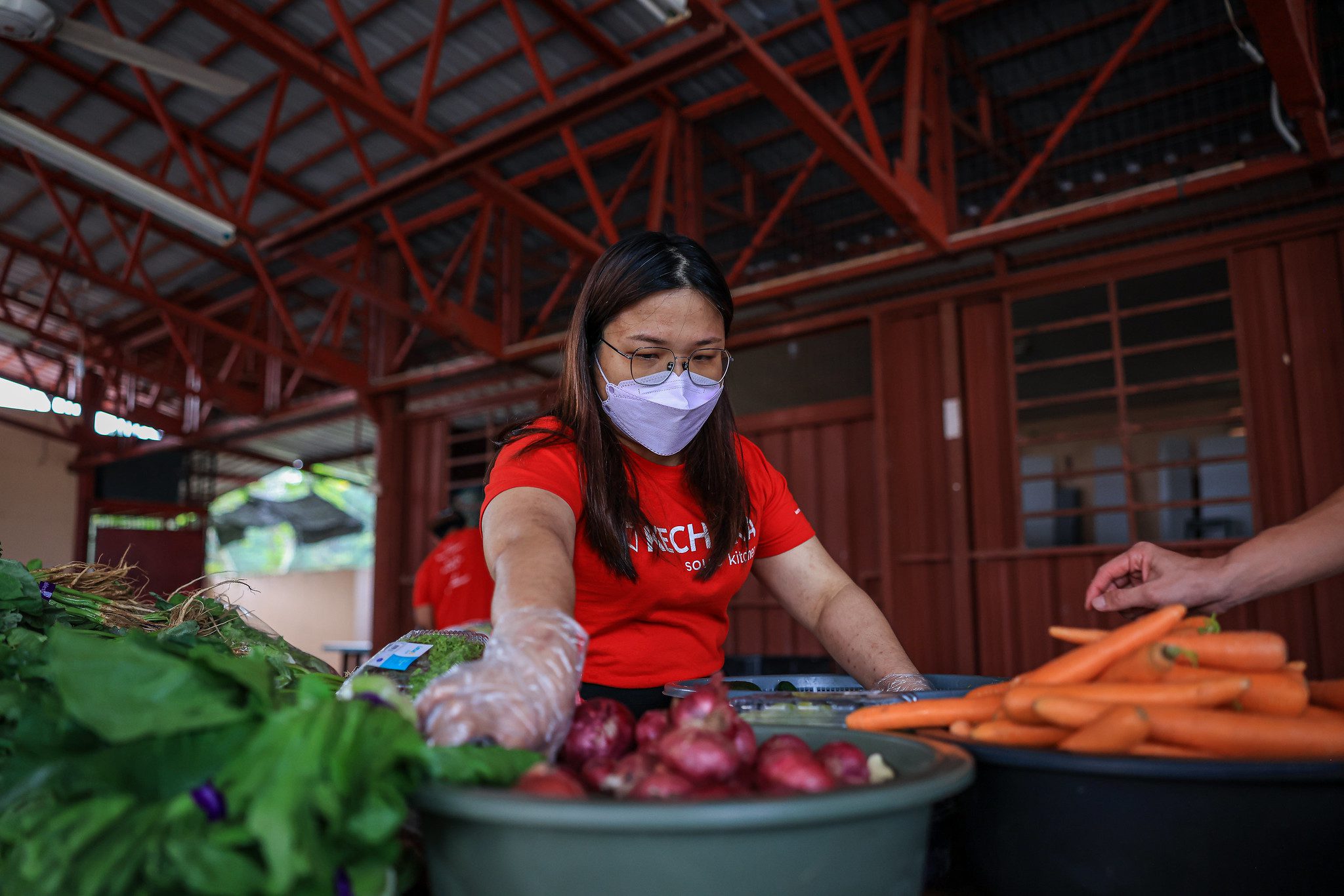
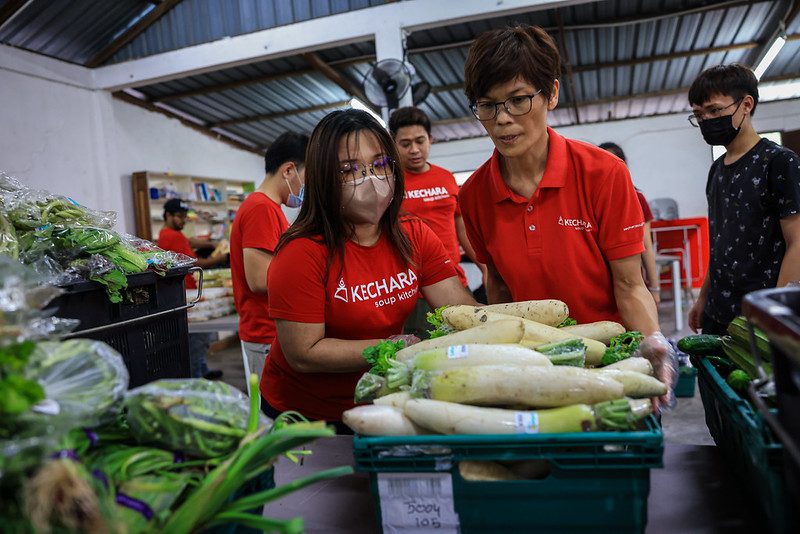
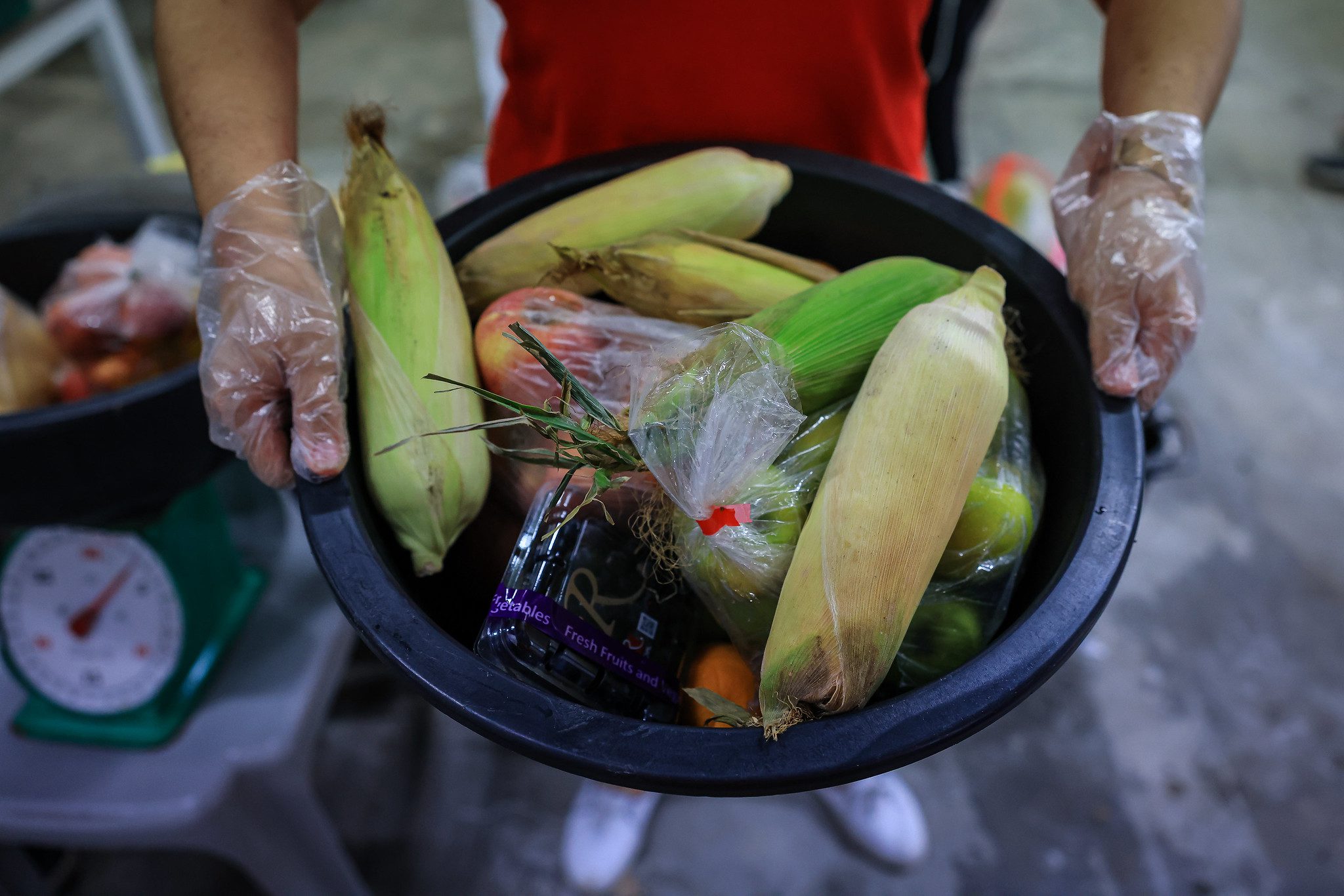
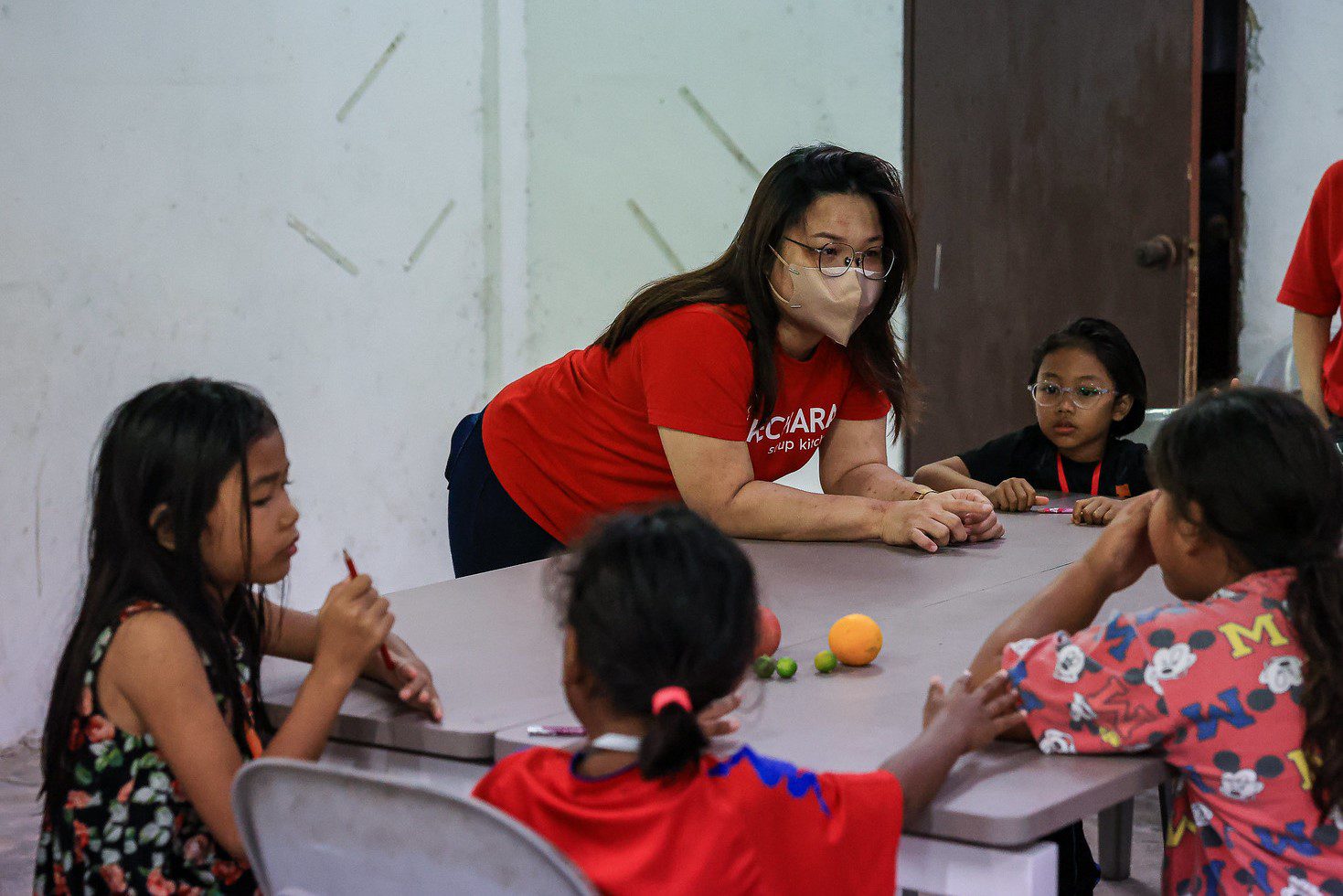
Meet Shannon. Shannon (left) volunteer her time at Kechara Soup Kitchen in Malaysia. She and other volunteers often travel long days to the Kampung Orang Asli Sungai Temon Indigenous community, where they distribute fresh produce and pantry staples and run educational programs like nutrition classes and children’s art lessons before returning home. Volunteers are crucial to food bank operations, jumping in and helping with tasks, from sorting and distributing food to providing skills-based support like data entry or translation. In 2022, over 400,000 individuals like Shannon donated their time and talents to a GFN member food bank.
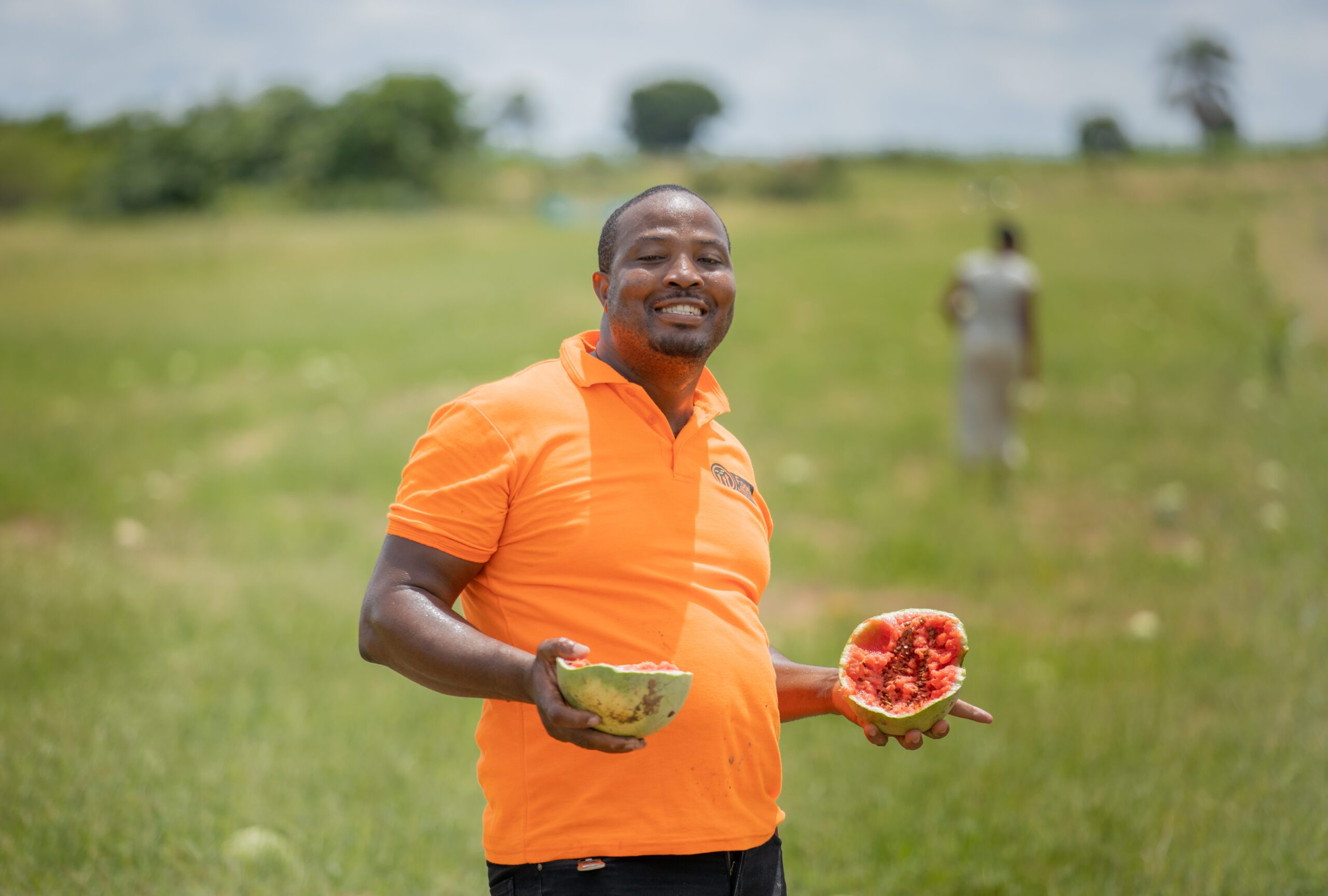
Meet Elijah. Elijah is one of the many innovative local leaders of food banks around the world—the visionary people who build sustainable, effective, and efficient food banks to respond to hunger needs in their local communities. For Chef Elijah, the founder and executive director of Food For All Africa, that responsibility is quite personal.
“Given my background as an orphan who has been in a position of needing food and not knowing where it’s coming from, that inspired me to see my job as a chef differently—as not just for feeding those who can afford it but for connecting to those who can’t,” he said. That’s why Chef Elijah started Food For All Africa and why he established a partnership with GFN early on. “When we started, engaging with GFN to help provide us with the know-how and expertise to enhance our standards of service delivery was a crucial early step.”
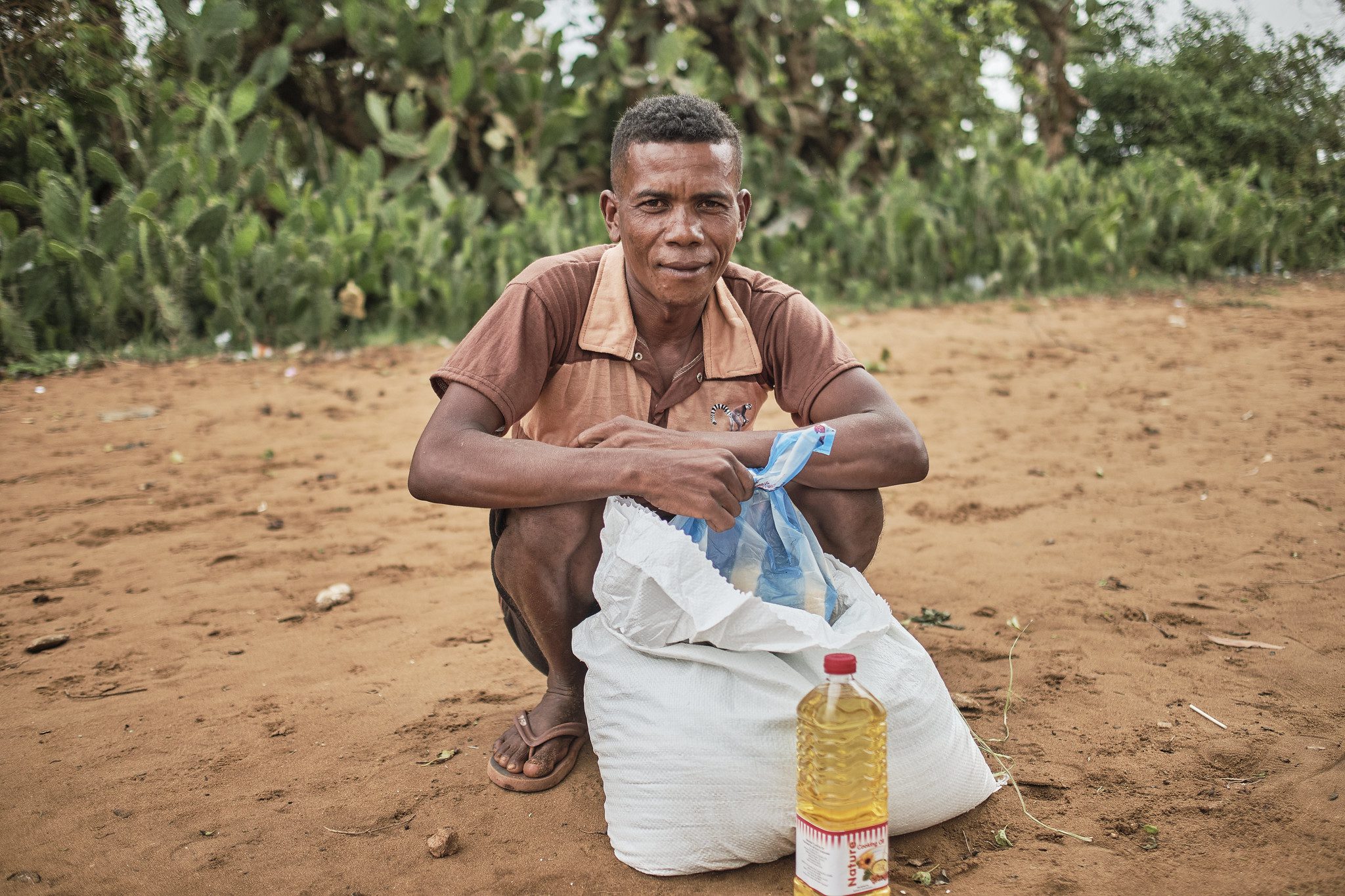
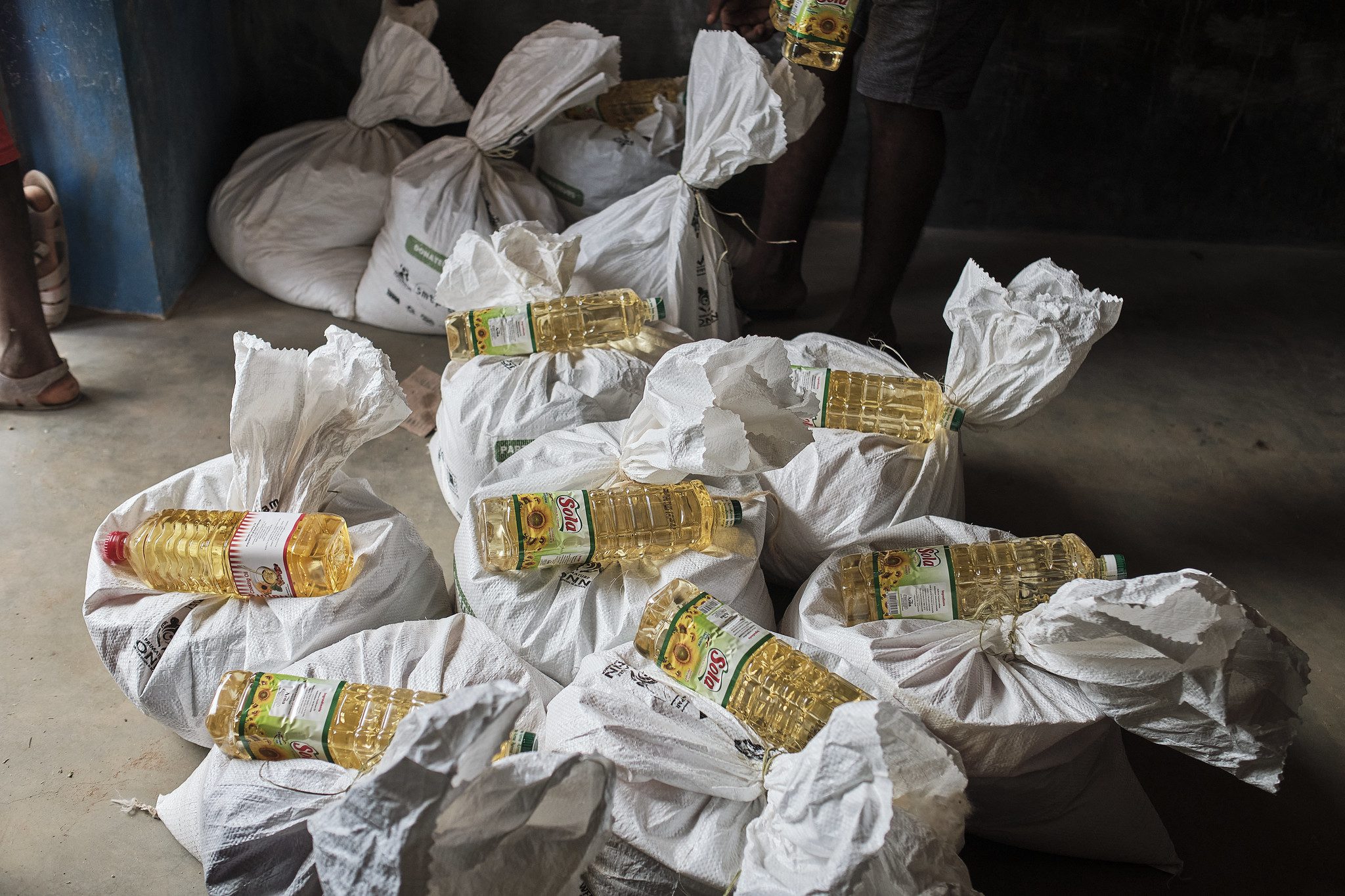
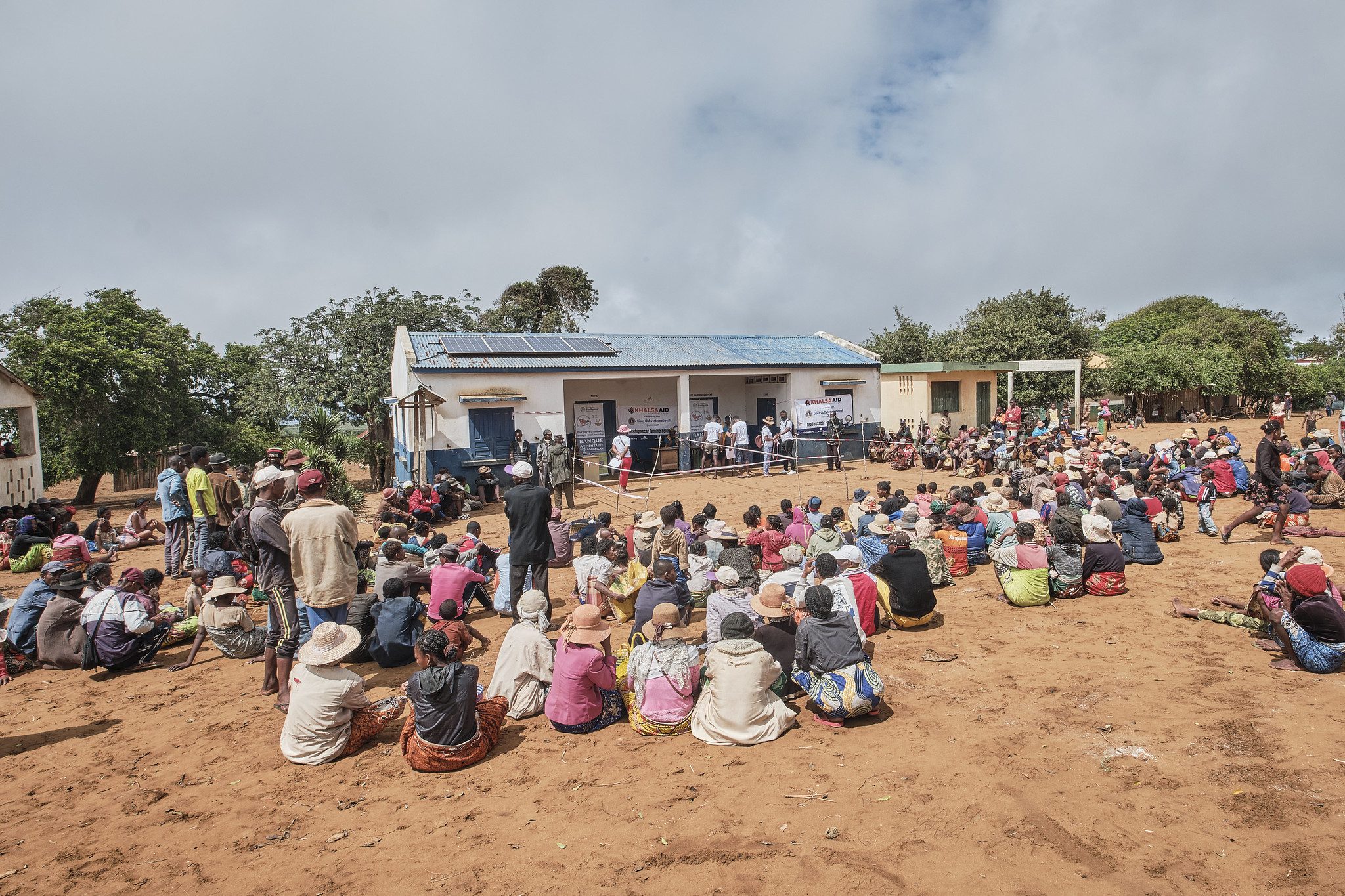
Meet Mananga. Mananga is a farmer and father of four children living in Amboasary in the southern part of Madagascar. Despite the long, hard hours spent farming, he struggles to make ends meet. Like many in Madagascar, his farm has suffered from the ongoing drought in the country. To keep food on the table for his four young children, Mananga relies on foods like rice, beans, and corn from Banque Alimentaire de Madagascar. When people around the world are not sure where to find their next meal, they can trust that the people powering food banks—from farmers and food donors to warehouse managers and delivery drivers to community organizers and volunteers—are working their hardest to get wholesome food to the individuals and communities who need it most.
We want to make sure these exceptional people around the world don’t go unnoticed. Join us in thanking the people who help get food to where it’s most needed. And to learn more about food banking and the work of food banks globally, sign up for our monthly newsletter.
